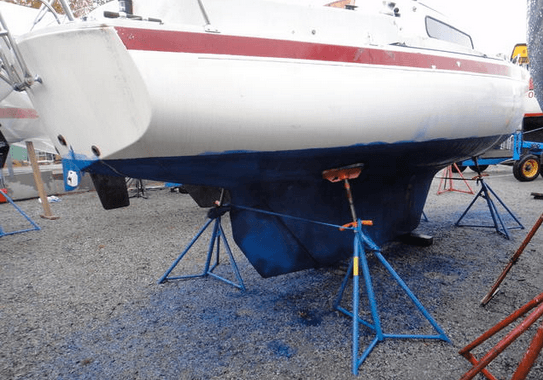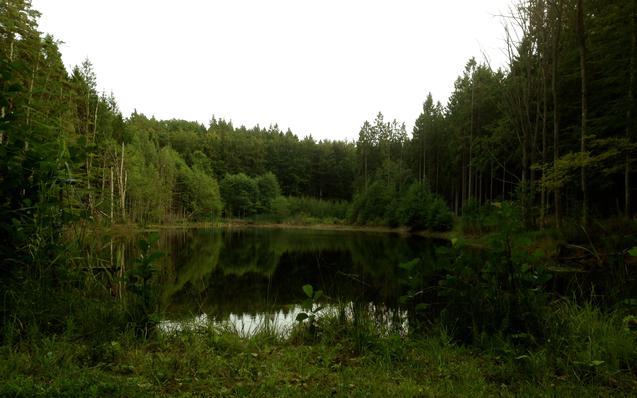STOCKHOLM—It’s boating season in northern Europe but boat maintenance on land is a serious source of pollution, according to a recent Swedish report. Boat owners, boat clubs, and property owners need to find new, more environmentally friendly methods for boat maintenance, it says.
The report, written by scientists at Uppsala University, stresses the need for better regulations when it comes to scraping and painting your boat on land, in order to reduce the negative impact on the environment and human health.
Since the 50s, the use of chemicals has increased, and studies show high levels of copper, zinc, lead, mercury, cadmium, and tributyltin (TBT) in the environment.
“A lot of these toxic substances come from anti-fouling paint,” Britta Eklund said, one of the authors of the report. “People have been using paints that leak toxic substances for decades and when scraping or sanding the boats they end up in the ground.”
According to the report, the guideline value for sensitive use on land for copper was exceeded by 100 times. The figure for lead was 180 times and mercury 450 times. But metals are not the only problem; the measurements for polycyclic aromatic hydrocarbons (PAH) exceeded by 2,000 times, and polychlorinated biphenyls (PCB) by 500 times. However, a particular cause for concern, according to Eklund, are the high levels of TBT.
“In my opinion, the most acute problem is the tributyltin,” she said. “Despite the fact that TBT has been banned in Sweden and the rest of the European Union since 1989, TBT is still being released during boat maintenance. We believe it’s being released when older paint layers are scraped off. TBT is highly toxic even at low concentrations and has hormone disruptive properties, affecting reproduction. Damage to the immune system has also been observed in mammals.”
David Langlet, one of the other authors of the report, says that property owners need to carefully consider what kind of demands they want to make on boat owners when using their land for marinas and boat stands.
“The most important thing right now is that responsibility issues about boat stands need to be settled,” Britta Eklund said. “The next step is looking at what can be done and make improvements for the future.”
All toxic substances found in the ground may constitute a serious health hazard for both humans and other living organisms, as they exceed the guideline levels by many times. Rainfall can also release the substances into nearby waters, ruining entire ecosystems.
“An important step toward solving these environmental problems is putting a stop to the use of anti-fouling paints that leak toxic substances,” Eklund said. “For the Baltic Sea in particular, I don’t see the need for toxic substances to keep the boats free of fouling organisms. There are several mechanical alternatives,” she added.
Non-toxic alternatives to anti-fouling paint are now available, but there will still be a need for handling the scrapings of the older paints in an environmentally friendly way.




